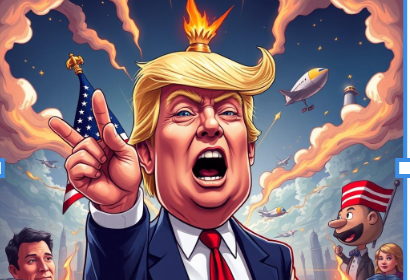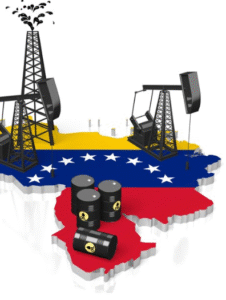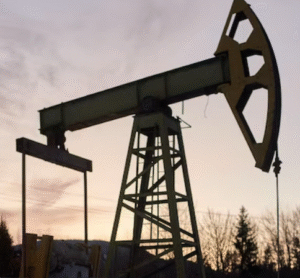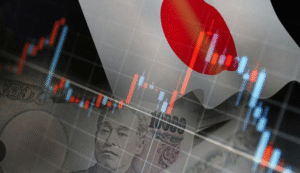$AA $RIO $CME
#Aluminium #Commodities #Tariffs #Trump #USMarkets #Trading #Investing #SupplyChain #Economy #Inflation #Metals #GlobalTrade
US traders have ramped up their aluminium imports to the highest level since mid-2022, driven by expectations of fresh tariffs under former President Donald Trump’s proposed economic policies. With markets preparing for potential disruptions, the premium of aluminium prices in the US over benchmark London Metal Exchange (LME) prices has surged. This price dislocation reflects growing concerns about supply constraints and an effort by traders to stockpile metal before any possible tariff-induced restrictions take effect. The metals market, which has already been under pressure due to supply chain turbulence and geopolitical uncertainties, is now seeing a surge in strategic purchases as buyers hedge against the risk of higher costs down the road.
Trump has signaled that should he return to the White House, a tougher stance on trade could be implemented, potentially imposing steep tariffs on various imported goods, including aluminium. This prospect has spurred heightened demand for the metal in the US, as buyers look to secure supplies before any duties are introduced. Historically, protectionist trade measures have triggered sharp moves in commodity markets, as was seen during Trump’s previous tenure in 2018 when import tariffs sent domestic aluminium prices soaring. This time around, traders seem to be acting preemptively, attempting to mitigate future cost hikes by locking in supplies at current rates. The rapid rise in imports suggests that businesses are anticipating prolonged pressure on global trade and are adjusting their supply chains accordingly.
Higher aluminium imports could result in short-term price volatility, with increased near-term supply potentially weighing on local prices while the broader trend remains upward due to tariff expectations. Companies reliant on aluminium, such as those in the automotive and construction industries, could face significant cost fluctuations depending on how trade policy evolves. Additionally, major producers like Alcoa ($AA) and Rio Tinto ($RIO) may see shifts in profitability depending on how US tariffs affect global supply-demand dynamics. Futures markets on the CME Group ($CME) could also experience heightened trading activity as investors seek to hedge exposure to rising costs or capture arbitrage opportunities via price differentials between US and London-traded aluminium.
The broader macroeconomic impact of potential new tariffs on commodities like aluminium extends beyond just the metals market. If tariffs are enacted, rising input costs could fuel overall inflation, complicating monetary policy decisions by the Federal Reserve. On the global stage, countries affected by new US tariffs may retaliate with their own trade barriers, further exacerbating supply chain challenges. As traders react to these evolving risks, market participants will closely watch both political developments and physical metal flows to gauge how policy decisions might reshape pricing structures in the coming months.











Comments are closed.